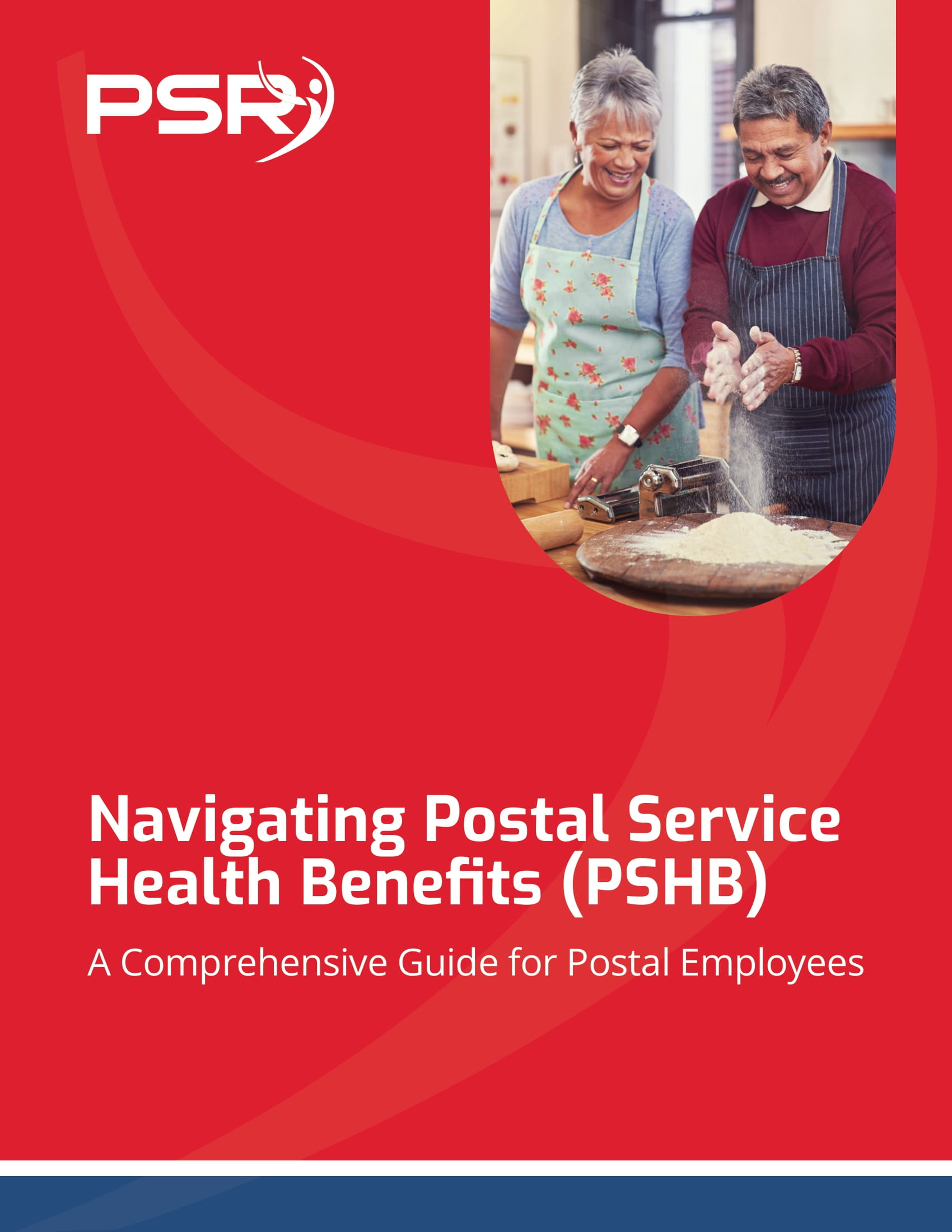TSP Withdrawal Strategies
For federal employees and members of the Uniformed Services, the Thrift Savings Plan (TSP) is a critical component of retirement planning. As you transition into retirement, the decisions you make regarding TSP withdrawals can significantly affect your financial security, tax obligations, and the longevity of your savings. Developing a well-thought-out withdrawal strategy is essential for optimizing your retirement income and ensuring that your savings last. Let us help you explore various TSP withdrawal strategies to help you make informed decisions that align with your long-term financial goals.
Overview of TSP Withdrawal Options
The TSP offers multiple withdrawal options, each tailored to meet different financial needs and retirement strategies:
Lump-Sum Withdrawal: This option allows you to withdraw your entire TSP balance in one payment. It provides immediate access to all your funds, which can be advantageous if you need a large sum for significant expenses, such as paying off a mortgage or covering medical costs. However, taking a lump-sum withdrawal could push you into a higher tax bracket, resulting in a substantial tax bill. Additionally, depleting your account too quickly could leave you without sufficient funds for the later stages of retirement.
Partial Withdrawals: Partial withdrawals allow you to access only a portion of your TSP balance while leaving the remainder invested. This approach offers flexibility, enabling you to manage your withdrawals according to your immediate financial needs. By spreading withdrawals over several years, you can potentially reduce your annual tax liability, avoiding the pitfalls of a large lump-sum withdrawal.
Installment Payments: Setting up installment payments from your TSP can provide a regular income stream, similar to a paycheck. You can choose monthly, quarterly, or annual payments, and these can be adjusted or stopped altogether if your financial situation changes. This option is particularly beneficial for retirees who want a steady and predictable income to cover living expenses. Installment payments can help with budgeting and provide peace of mind, knowing that you have a consistent cash flow during retirement.
Annuity Purchase: An annuity purchase allows you to convert your TSP balance into a life annuity, which guarantees a steady income for the rest of your life. This option provides financial security, as you will receive regular payments regardless of how long you live. However, purchasing an annuity limits your flexibility, as you generally cannot access the remaining balance once the annuity is purchased. Additionally, annuities often come with fees and may not offer the best return on investment compared to other withdrawal options.
Rollover to an IRA or Other Retirement Plan: Rolling over your TSP to an IRA or another qualified retirement plan can provide access to a broader range of investment options and greater withdrawal flexibility. An IRA rollover allows you to maintain control over your investments and continue growing your retirement savings. However, you may lose some of the TSP’s benefits, such as lower fees and the security of government-backed investments. It’s important to carefully consider the fees, tax implications, and investment options available in the new plan before deciding to roll over your TSP.
Each withdrawal option has different tax implications and levels of flexibility. Your decision should align with your overall retirement strategy, taking into account factors such as your expected lifespan, other sources of retirement income, and your tax situation.
Required Minimum Distributions (RMDs)
Understanding Required Minimum Distributions (RMDs) is a critical aspect of TSP withdrawals. The IRS mandates that you begin taking RMDs from your Traditional TSP account once you reach the age of 73. This requirement ensures that retirement savings are eventually taxed, rather than being passed on indefinitely to heirs. The SECURE 2.0 Act recently increased the RMD age from 72 to 73, giving retirees more time to allow their investments to grow tax-deferred.
The amount you must withdraw each year is calculated based on your account balance and life expectancy. The IRS provides life expectancy tables to determine the required distribution amount. If you fail to take the required amount, you could face a 50% excise tax on the shortfall. To avoid this penalty, it’s important to carefully plan your withdrawals and ensure that you meet the RMD requirements each year.
RMDs do not apply to Roth TSP accounts, which can be a significant advantage if you aim to minimize your taxable income in retirement. By strategically using Roth TSP withdrawals, you can reduce the amount subject to RMDs and potentially lower your overall tax burden.
Tax Strategies for TSP Withdrawals
Effective tax planning is essential for maximizing the longevity of your TSP savings. Here are some key tax strategies to consider:
Tax Diversification: Holding both Traditional and Roth TSP accounts offers flexibility in managing your tax liability. In high-income years, you can withdraw from your Roth TSP to avoid additional taxable income. In lower-income years, you might opt to withdraw from your Traditional TSP, taking advantage of lower tax brackets. This strategy allows you to tailor your withdrawals to your specific tax situation each year.
Strategic Withdrawals: Timing your withdrawals strategically can help minimize the tax impact. For example, if you plan to retire before becoming eligible for Social Security, consider withdrawing from your Traditional TSP to cover living expenses during those early retirement years when your income is lower. This approach can help you avoid higher taxes later on when RMDs or Social Security benefits begin.
Roth Conversion: Converting a portion of your Traditional TSP to a Roth IRA before reaching RMD age can be a smart move. Although you’ll pay taxes on the converted amount, future withdrawals from the Roth IRA will be tax-free and not subject to RMDs. This strategy is particularly effective if you expect to be in a higher tax bracket later in retirement. A Roth conversion can also provide more flexibility in managing your tax liability and ensuring that your savings last throughout retirement.
Minimize State Taxes: While federal taxes are a major consideration, don’t overlook state taxes. The impact of state taxes on your TSP withdrawals can vary significantly depending on where you live. Some states do not tax retirement income, while others tax it at the same rate as regular income. Understanding your state’s tax policies can help you better plan your withdrawals and potentially reduce your overall tax burden.
Coordinating TSP Withdrawals with Other Retirement Income
Your TSP is likely just one part of your retirement income. To maximize your financial security, it’s important to coordinate TSP withdrawals with other income sources such as Social Security, pensions, and any other retirement accounts.
Delay Social Security: Consider delaying Social Security benefits until age 70 if possible. The benefit amount increases the longer you wait, providing a more substantial income stream later in life. Your TSP can bridge the income gap in the interim.
Balancing Withdrawals: Draw from taxable accounts first to allow your TSP and other tax-advantaged accounts to continue growing. This approach can reduce the amount subject to RMDs in later years and provide a more tax-efficient retirement income.
Consider the Sequence of Withdrawals: The order in which you withdraw from various accounts can affect your tax liability and the longevity of your retirement savings. A common strategy is to withdraw from taxable accounts first, followed by tax-deferred accounts like Traditional TSPs, and finally, tax-free accounts such as Roth TSPs. This sequence allows your tax-advantaged accounts to grow longer and reduces the impact of RMDs.
Common Pitfalls to Avoid
Navigating TSP withdrawals can be complex, and mistakes can have long-lasting impacts. Here are some common pitfalls to avoid:
Ignoring RMDs: Failing to take RMDs can result in severe penalties. Make sure you understand the rules and have a plan to meet these requirements.
Withdrawing Too Much Too Soon: While it may be tempting to take large withdrawals early in retirement, doing so could deplete your savings too quickly. A more measured approach can help ensure your funds last throughout retirement.
Overlooking Roth TSP Benefits: The benefits of a Roth TSP, particularly the absence of RMDs, can be significant in retirement planning. Make sure you consider the advantages of Roth accounts when planning your withdrawals.
Not Adjusting Withdrawals as Needed: Your financial needs will likely change throughout retirement. Be sure to revisit your withdrawal strategy regularly and adjust it as necessary to reflect your current financial situation and goals.
Professional Guidance for TSP Withdrawal Planning
Given the complexity of TSP withdrawal strategies and their potential tax implications, seeking professional advice is often beneficial. Financial advisors specializing in retirement planning for federal employees can provide personalized strategies based on your unique financial situation.
As this topic can sometimes be difficult to fully understand, it is always recommended that you find the highest-rated TSP advisor. Professional advice can help you navigate the nuances of TSP withdrawals, ensuring you optimize your retirement income while minimizing taxes and penalties.
Closing Remarks
A well-thought-out TSP withdrawal strategy is essential for maximizing your retirement savings and ensuring financial security in your later years. By understanding your options, planning for RMDs, and considering the tax implications of your withdrawals, you can make informed decisions that align with your retirement goals.
For further guidance and personalized strategies, consider downloading our free eBook on TSP withdrawal strategies or contacting one of our highest-rated TSP advisors today. Professional advice can provide the confidence and peace of mind needed to navigate the complexities of TSP withdrawals.
Sources:
Search for Public Sector Retirement Expert.
Receive the Best advice.
PSR Experts can help you determine if Public Sector Retirement is right for you or if you should look for alternatives.
The Best Advice creates
the best results.
Search for Public Sector Retirement Expert.
Receive the Best advice.
PSR Experts can help you determine if Public Sector Retirement is right for you or if you should look for alternatives.
The Best Advice creates
the best results.
Recent Articles

Federal Retirement Advice You Didn’t Know You Needed—Until Now
Key Takeaways: Retirement planning doesn’t stop the day you

The Latest Federal Employee News You Need to Know to Protect Your Retirement
Key Takeaways: Keeping up with federal employee benefit changes

Ready for Retirement? Here’s How Law Enforcement Officers Can Leave the Job with Benefits Intact
Key Takeaways Early retirement options are available to law

FAA, Law Enforcement, and Special Federal Employee Categories—Here’s What Makes Their Retirement Unique
Key Takeaways: Certain public-sector roles, like those in the






